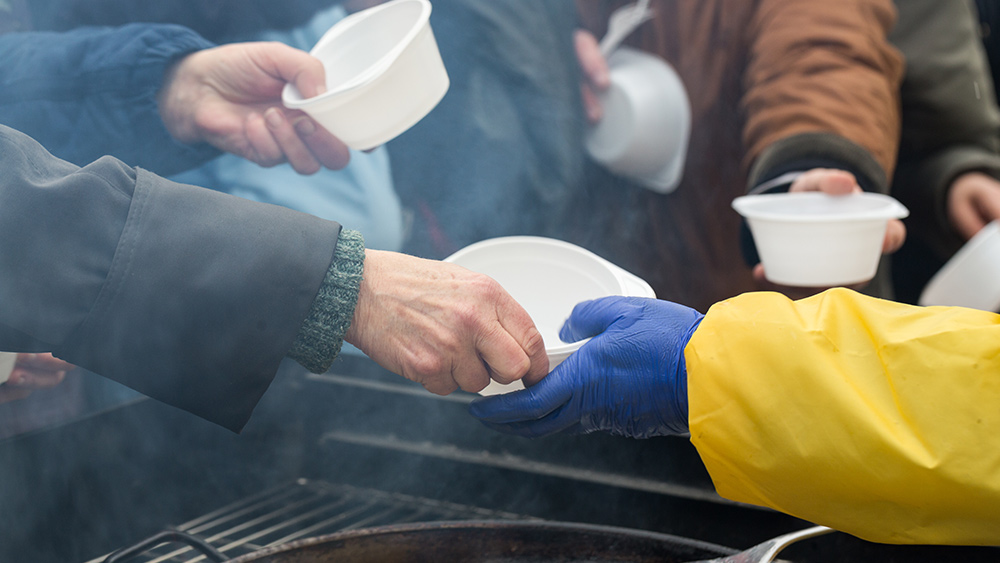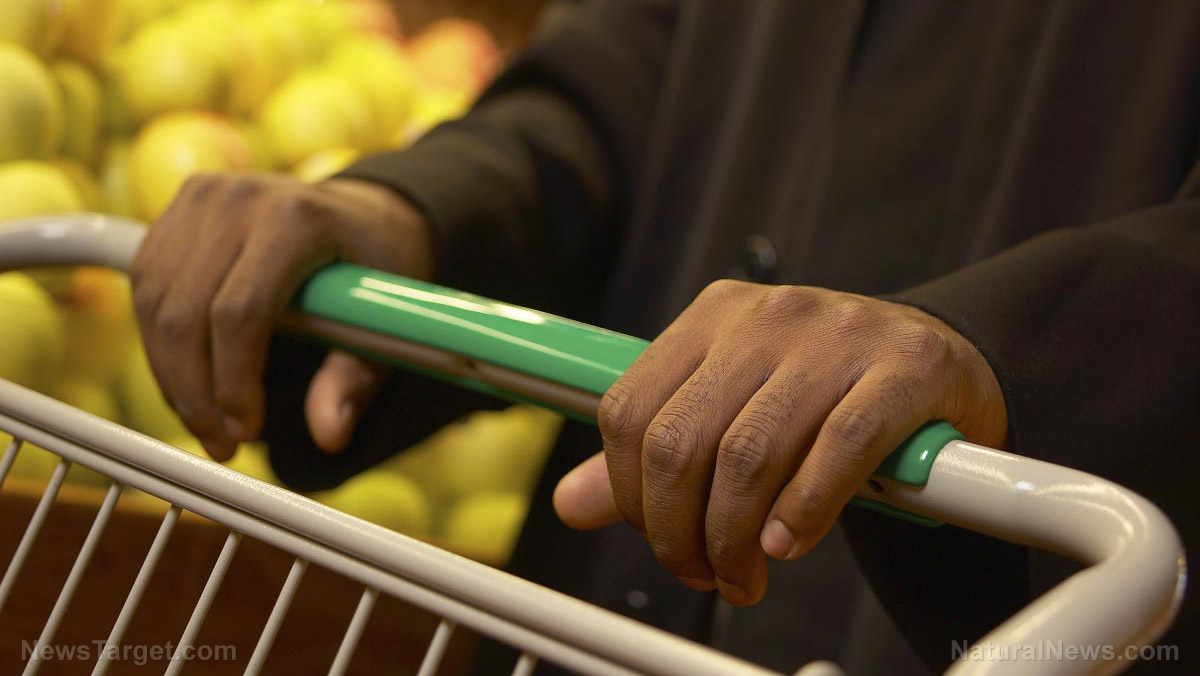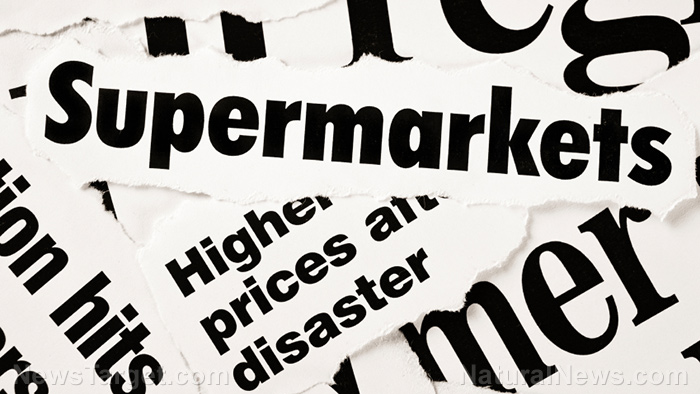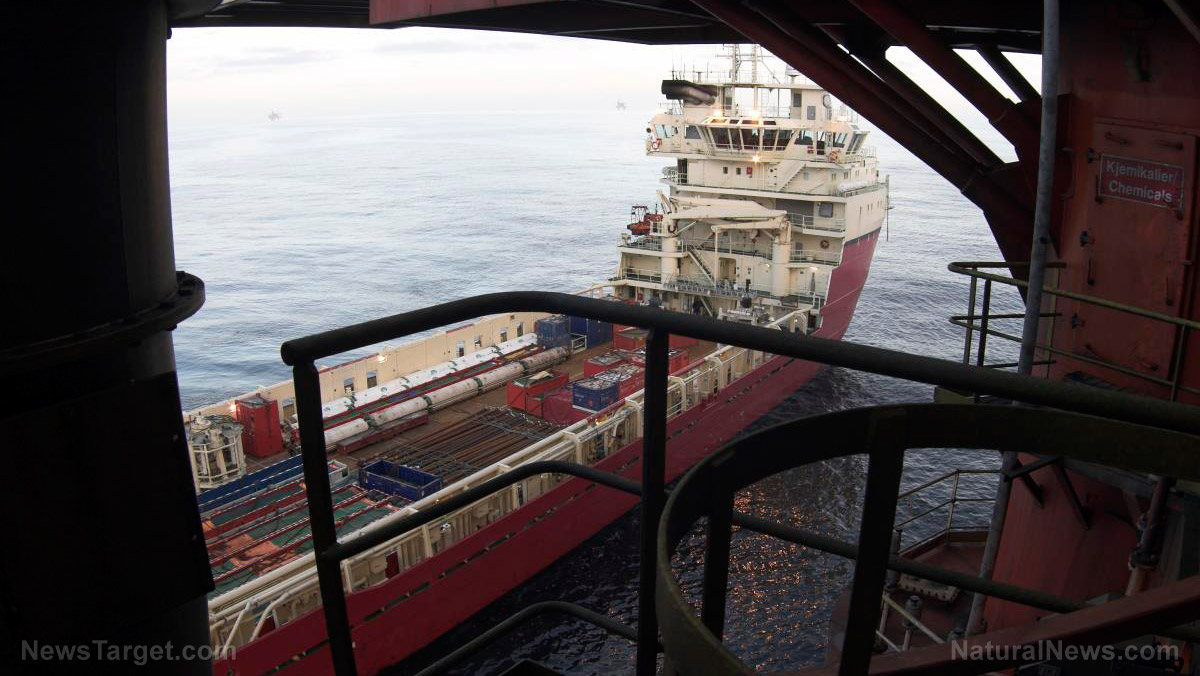OUT OF STOCK: Costco once again limits purchases of toilet paper, cleaning products and water as supply lines unravel
09/28/2021 / By Ethan Huff

We are beginning to see signs that another round of Wuhan coronavirus (Covid-19) supply shortages is on the way.
FedEx is reportedly short about 25 percent of its packaging supplies; shipping hubs are about 35 percent understaffed; and Costco is once again rationing purchases of toilet paper, cleaning supplies and water.
For the time being, Costco members will be only be allowed to purchase a certain number of the aforementioned products. This is due not to a shortage in actual supply, but because of supply chain failures that continue to worsen.
“A year ago, there was a shortage of merchandise,” announced Costco Chief Financial Officer Richard Galanti during a recent earnings call.
“Now, they’ve got plenty of merchandise but there’s two- or three-week delays on getting it delivered because there’s a limit on short-term changes to trucking and delivery needs of the suppliers, so it really is all over the board.”
Ports everywhere are congested and goods tankers are having to sit out in the ocean with nowhere to dock. Consequently, certain products are disappearing from stores and not necessarily coming back any time soon.
Because of this, companies like Costco are having to spend more on both transportation and labor, which is digging into their margins.
Retail giants are now chartering their own ships
According to Galanti, Costco is now placing its orders much earlier in order to hopefully avoid restock problems. The company is also chartering three ships for 2022 that will transport containers full of goods between North America and Asia.
“Each vessel is capable of carrying 800 to 1,000 containers at a time,” reported the DailyMail Online.
Other companies like IKEA and Walmart are likewise chartering their own ships in order to try to keep their stores fully stocked, especially with the holiday season soon on the way.
Walmart CEO Doug McMillion admitted that throughout his 30 years in the business, the supply chain problems and inventory shortages that he is seeing now are unprecedented.
Fewer people are willing to work and shipping costs are increasing, which is creating a perfect storm of problems for the retail industry.
Two years ago, it cost less than $2,000 to ship a 40-foot container full of goods from Asia to the United States. Now, that same service costs as much as $25,000 if an importer pays extra for guaranteed on-time delivery.
At Costco, the cost for shipping containers has increased about 600 percent, which the company has passed on to consumers as an eight percent increase on paper goods, an 11 percent increase on plastic and resin products like trash bags and cups, and a 3-10 percent increase on apparel.
Other goods such as aluminum foil, soda, meat, oil and coffee have also increased in price. Galanti says that Costco’s price inflation estimate rose from between 2.5-3.5 percent to a range of 3.5-4.5 percent.
It is expected that inventory shortages will last well into 2023 due to the current ongoing problems coupled with lost weeks of production and transit delays. In other words, this is something that will likely last a long, long time.
“Stop all handouts. Lift mandatory vaccinations. Make products in America and people will work,” suggested one commenter at the DailyMail Online about a solution. “But that’s not what the politicians, corporations and elite want. They want those beneath them to suffer and feel the pinch so they can break us.”
“They have our money and they can still throttle the goods after they have our money,” wrote another about the thievery taking place on top of all the price gouging.
The latest news about how the Chinese Virus is disrupting global supply chains can be found at Collapse.news.
Sources for this article include:
Tagged Under: bubble, cleaning products, Collapse, Costco, COVID, grocery, Inflation, market crash, national security, panic, Plandemic, price hike, risk, supply chain, toilet paper, water
RECENT NEWS & ARTICLES
COPYRIGHT © 2017 GROCERY NEWS





















